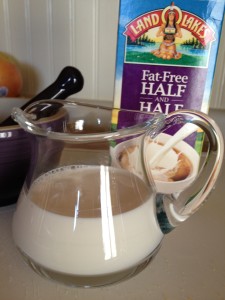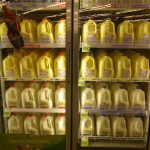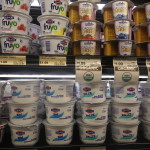 Whenever it’s discussed the conversation is always the same….Greek yogurt. …it’s so good…but so expensive.
Whenever it’s discussed the conversation is always the same….Greek yogurt. …it’s so good…but so expensive.
I guess I’m not a good yogurt eater. I buy it and I eat it, but don’t necessarily like it. I know it’s good for me, it’s a good snack when I want something healthful, low fat and a good source of calcium. I’m always trying to get folks to eat yogurt for all those reasons, but yogurt was really not on my “yummy” list.
That was until I tried Greek yogurt. I had it the other morning with strawberries. Wow was it wonderful. I felt like licking the bowl . The texture is amazing. I had vanilla with the strawberries and just can’t describe how good it tasted.
So, what makes it so good?
Real Greek yogurt is made with sheep or goat milk and is a blend of cream and milk. In the US most Greek yogurt is made from cow’s milk. Greek yogurt is also strained. This straining removes more water (whey) from the yogurt and is what helps gives it that desired dense, firm and creamy texture.
In the US there is no legal definition of Greek yogurt. Because it has become so popular, you can now purchase a wide variety of what is called “Greek-style” yogurt. Be sure to read the ingredients label, some lower fat versions have added thickeners to improve the texture and some of the flavored versions have added sugars. It’s really up to the consumer to read and heed what they are purchasing.
One of the reasons you pay more for Greek yogurt is that they need more milk to get the same amount of yogurt. The straining of the whey concentrates both the texture and the nutrients. While most regular yogurts have a protein content of around 5 to 7 grams per 8 ounce serving, Greek yogurt usually averages anywhere between 12 to 21 grams. It also has more calories. One cup of a popular brand of plain Greek yogurt has 260 calories compared to plain regular or non-fat regular yogurts that can range from 90 to 150 calories.
I decided to make my own. Although I have made yogurt in the past from fresh milk, for this experiment I started with one cup of already made plain non-fat yogurt. I placed it in a strainer lined with a coffee filter, covered it all with plastic wrap and refrigerated overnight. I was amazed at how much whey strained out. From one cup of yogurt I got just over ½ cup of thick plain “Greek” yogurt and 7 tablespoons of whey. 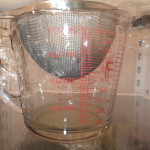
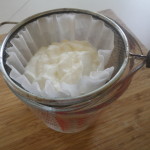
How did it taste? I have to admit, it was tart. Texture-wise it was thick, really thick and it just didn’t seem to be as creamy as some of the commercially prepared Greek yogurts. It worked, but really I don’t think I’ll be doing this frequently. It might be good in a pinch if I wanted a really thick yogurt to add to a recipe, but to make it just to eat it took a lot of yogurt and time for a small yield.
I think I’ll be buying my Greek yogurt in the future.
When weighing the higher cost of Greek yogurt, remember you’re really getting almost double the amount of yogurt (and nutrition) for the price. The problem is, it tastes so good can you eat just half the amount?
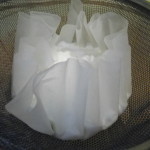
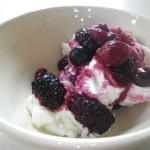
Cheryle Jones Syracuse, MS
Professor Emeritus, The Ohio State University




